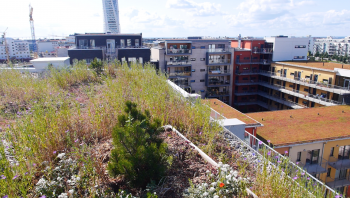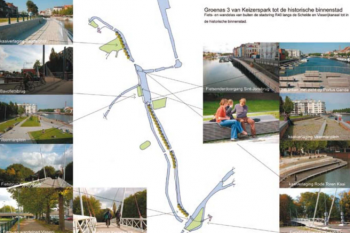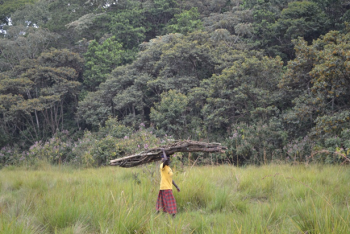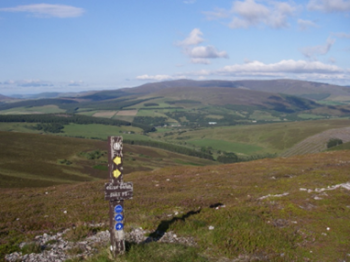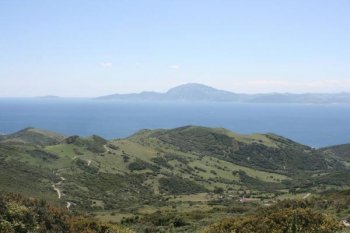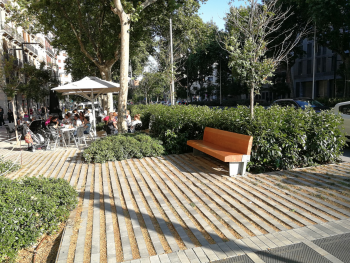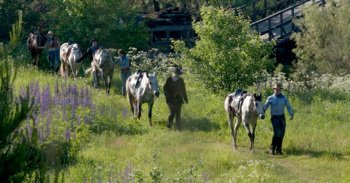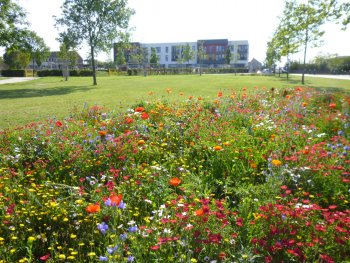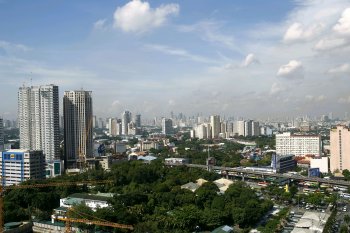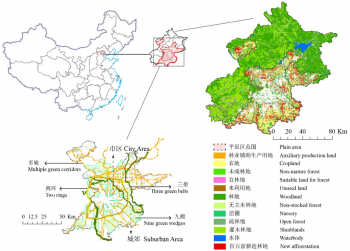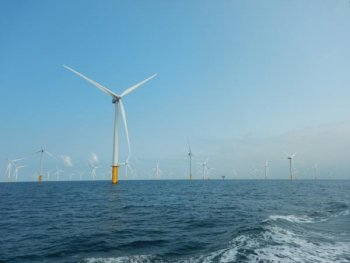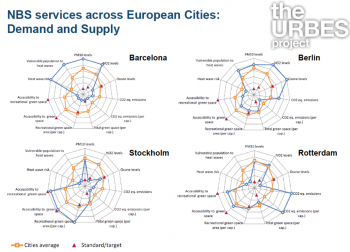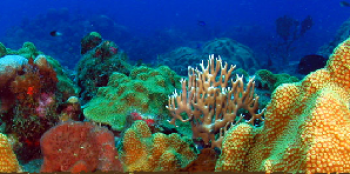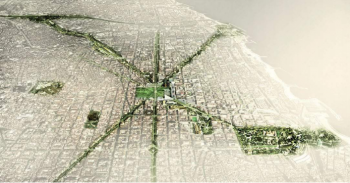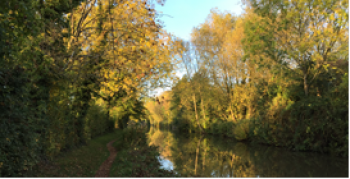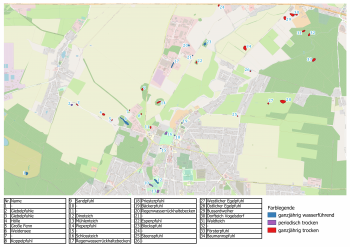CONEXUS (6.1) – LISGREEN: re-naturing urban spaces in Lisbon
Submitted by Federica Risi on 14 February 2024LISGREEN embodies the following objectives:
- To deliver ecological services that improve residents’ quality of life through co-produced NbS;
- To generate evidence on the role of active citizenship for integrating green infrastructure into new urban models, promoting both ecological connectivity and social cohesion;
- To support NbS policy upscale by introducing nature-based thinking (NBT) in policy design, implementation and evaluation supported by an inter-sectorial, multi-scale, and multi-stakeholders’ approach;
- To bring NbS to the centre-stage as a ...


